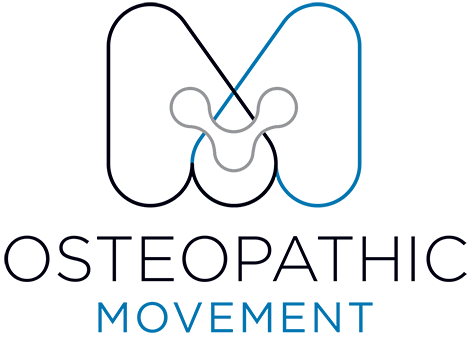Your Body: An Owners Manual
Your Body: An Owner’s Manual
We’re all born into this world with a body — but how well do you really understand it?
Most of us spend more time learning how to operate our phones than learning how to care for the remarkable machine that carries us through life. Your musculoskeletal system — made up of muscles, bones, tendons, and ligaments — is the foundation of every movement you make. Understanding how it works is the key to moving better, living longer, and staying pain-free.
What Is the Musculoskeletal System?
The musculoskeletal system is the body’s structural and mechanical engine. It serves two main purposes:
Distributing forces – absorbing shocks, stabilising posture, and protecting your internal organs.
Generating forces – producing movement through muscle contraction and joint coordination.
When functioning well, it allows us to walk, lift, run, and bend efficiently — but when it’s overloaded or imbalanced, pain and dysfunction can follow.
Force Distribution: Your Body’s Built-In Shock Absorber
Every step, jump, or twist you take creates forces that travel through your body. A healthy musculoskeletal system spreads these forces evenly, preventing overload on specific joints or tissues.
When this balance is lost — due to poor posture, muscle weakness, or repetitive strain — some structures begin to carry more than their fair share. This leads to tightness, pain, and eventually injury.
Osteopathic treatment helps restore your body’s natural balance, ensuring that forces are distributed efficiently across muscles, joints, and connective tissue.
Force Generation: How Your Body Creates Movement
Muscles contract and pull on the bones they’re attached to, producing movement. Whether it’s throwing a ball, running a race, or simply standing from a chair, this constant dance of force and tension drives every motion we make.
When injuries, fatigue, or imbalances occur, the system’s ability to generate force is compromised. This can result in reduced strength, slower movement, or discomfort with daily activity.
Your osteopath can identify which muscles or movement patterns are underperforming and prescribe targeted rehabilitation to restore optimal performance.
How Osteopathy Supports a Healthy Musculoskeletal System
Osteopaths specialise in identifying where your body’s mechanics have broken down — and how to restore them. Treatment typically combines three key approaches:
1. Manual Therapy
Hands-on techniques such as soft tissue massage, joint mobilisation, and myofascial release help reduce pain, improve joint mobility, and release areas of tension. This improves both force generation and distribution throughout your body.
2. Movement Retraining
Osteopaths assess how you move, identifying inefficient patterns that may be contributing to pain or overload. By retraining these patterns, your body learns to move with greater balance, coordination, and efficiency.
3. Exercise Rehabilitation
Personalised exercise programs strengthen weak areas, improve flexibility, and reinforce healthy movement patterns. These exercises not only aid recovery but also help prevent future injuries.
The Takeaway
Your body is your most valuable piece of equipment — it deserves regular maintenance.
When your ability to generate or distribute force becomes compromised, the result is often pain, stiffness, and reduced performance.
Working with an osteopath helps restore your body’s balance and function so you can move confidently, efficiently, and without pain.
Book Your Appointment
If you’d like to understand your body better and optimise how it moves, our experienced osteopaths can help.
• Meet our South Yarra osteopaths
• Explore our Osteopathic Clinic & Gym
• Book appointment online
Written by Dr Dayne Sweres (B.AppSci (CompMed), M.Osteo) – Founder, Osteopathic Movement, South Yarra.
